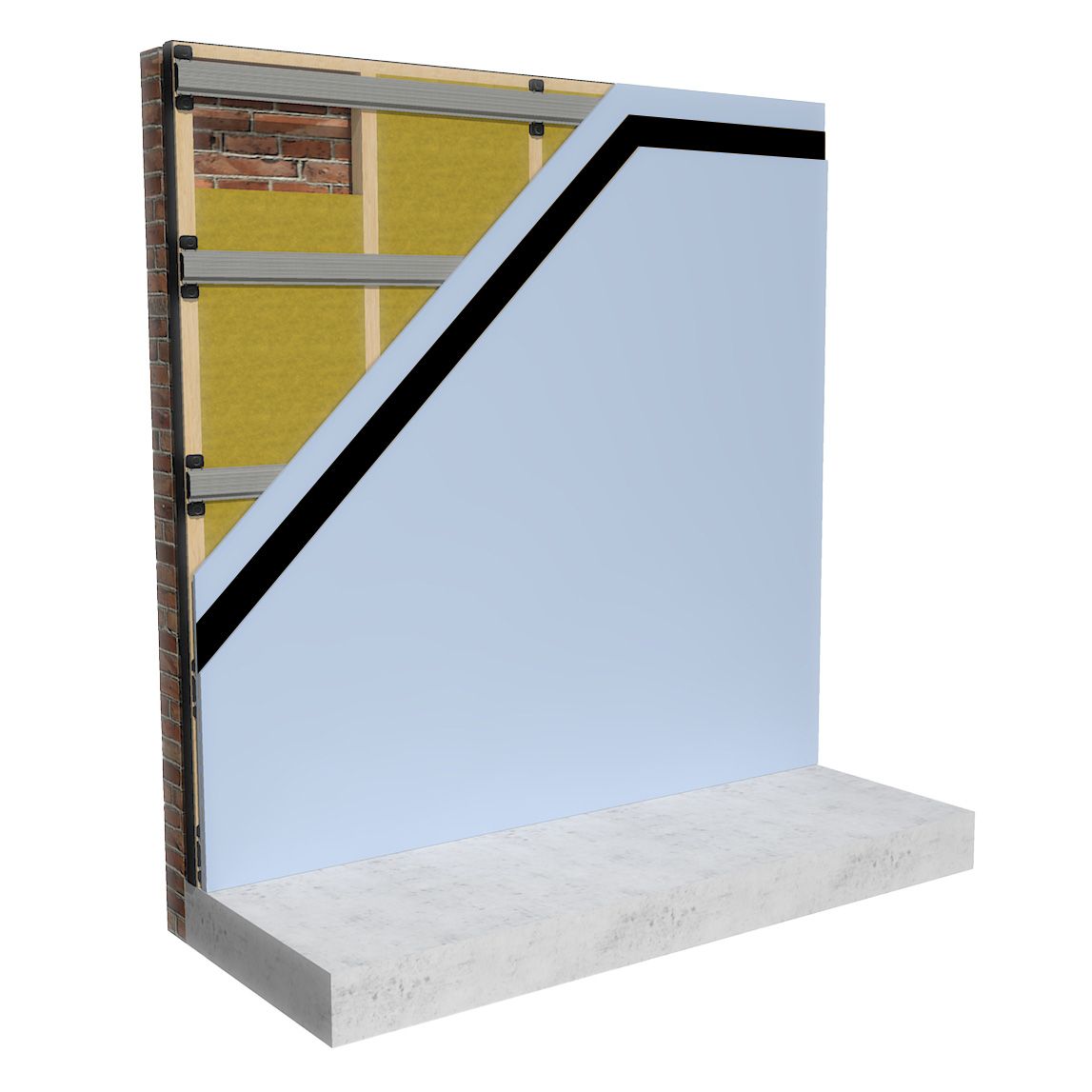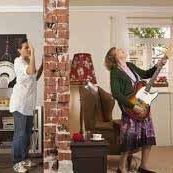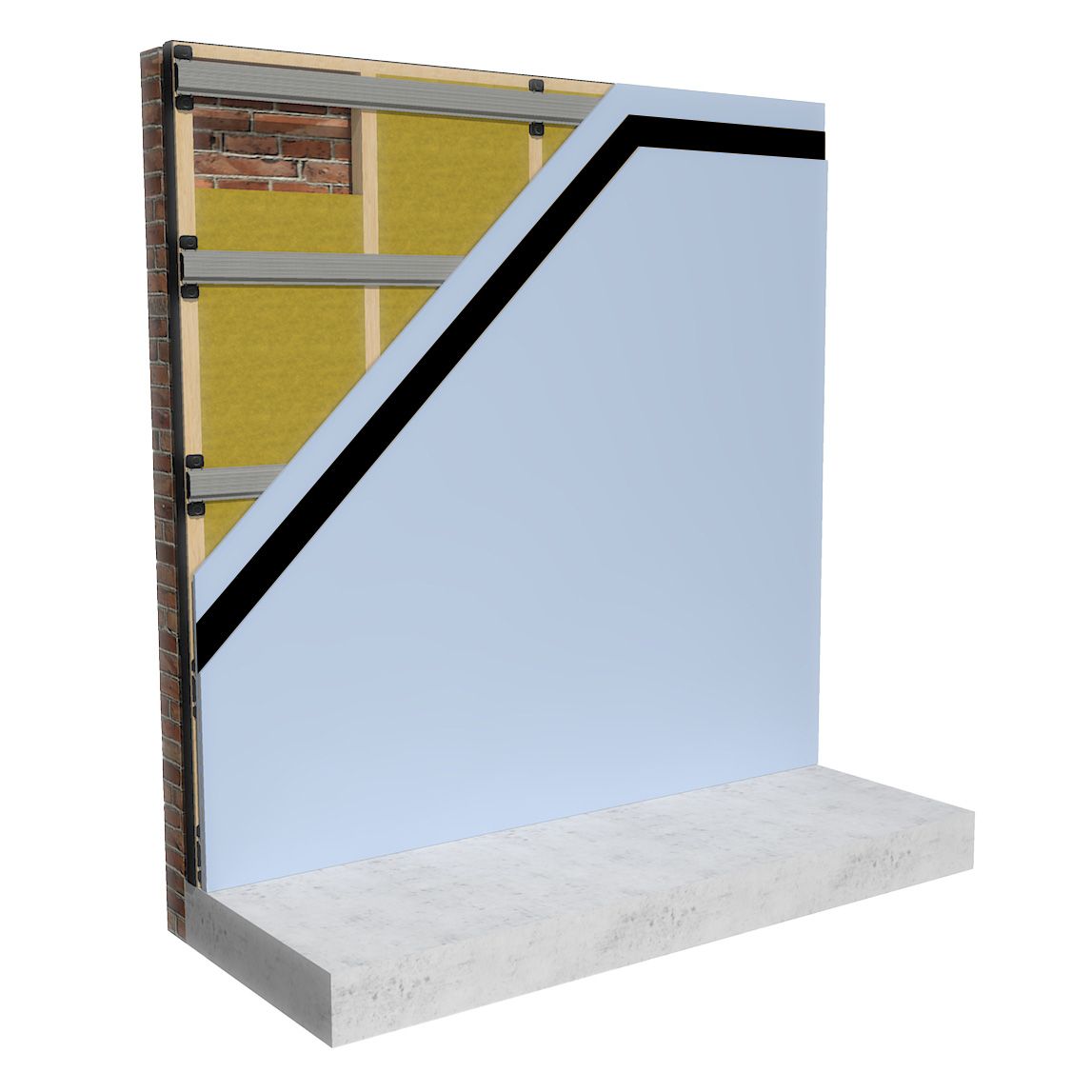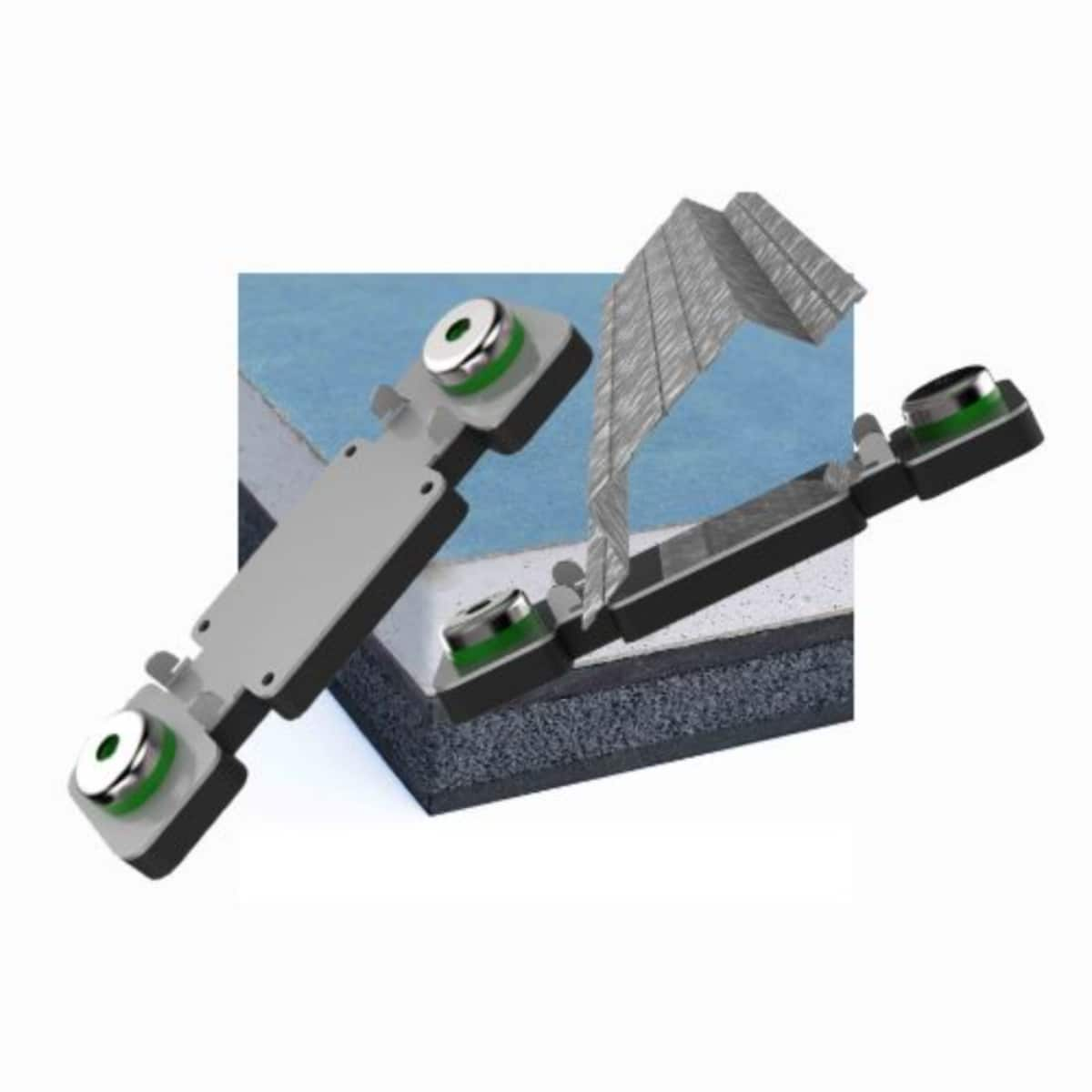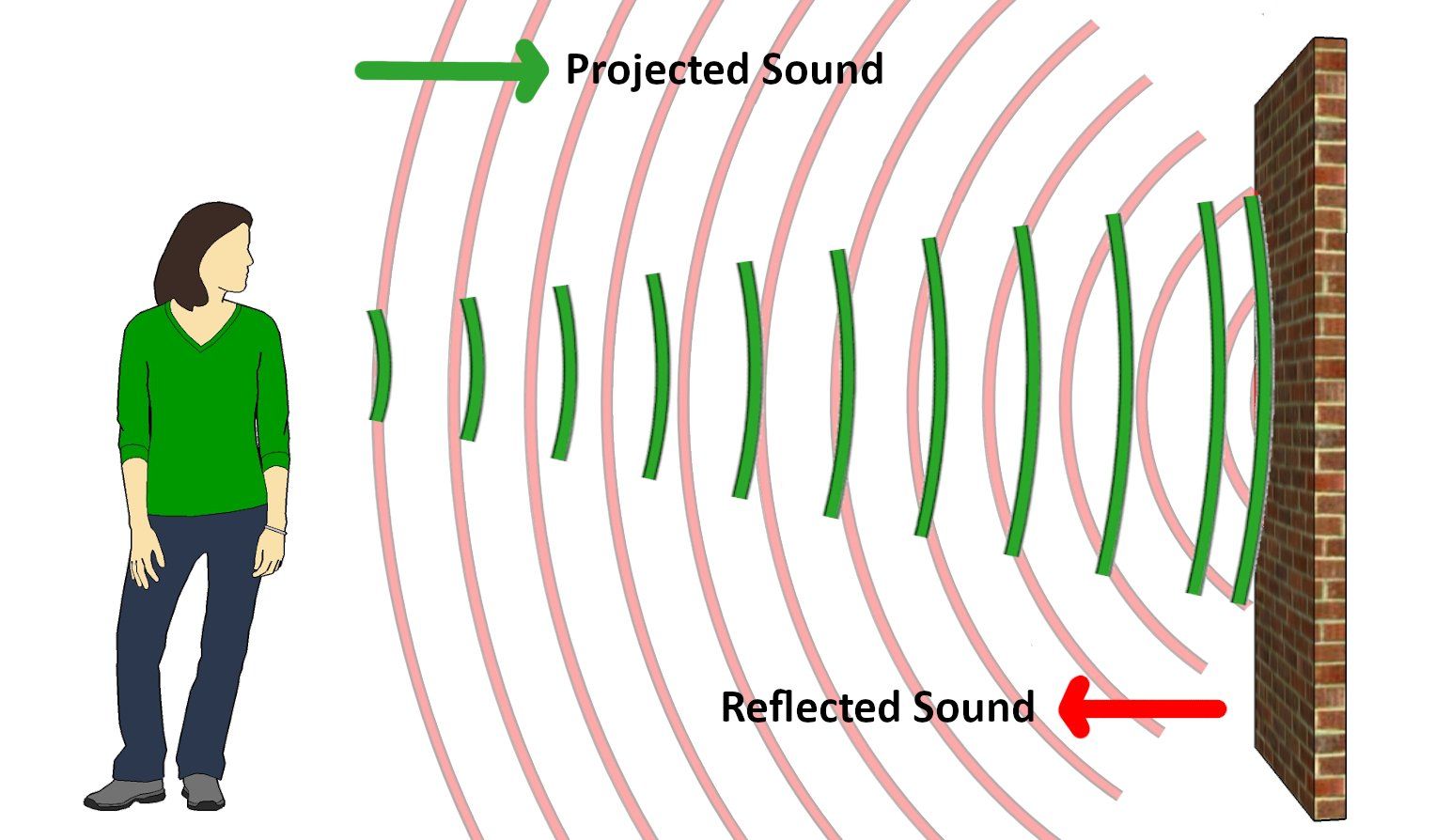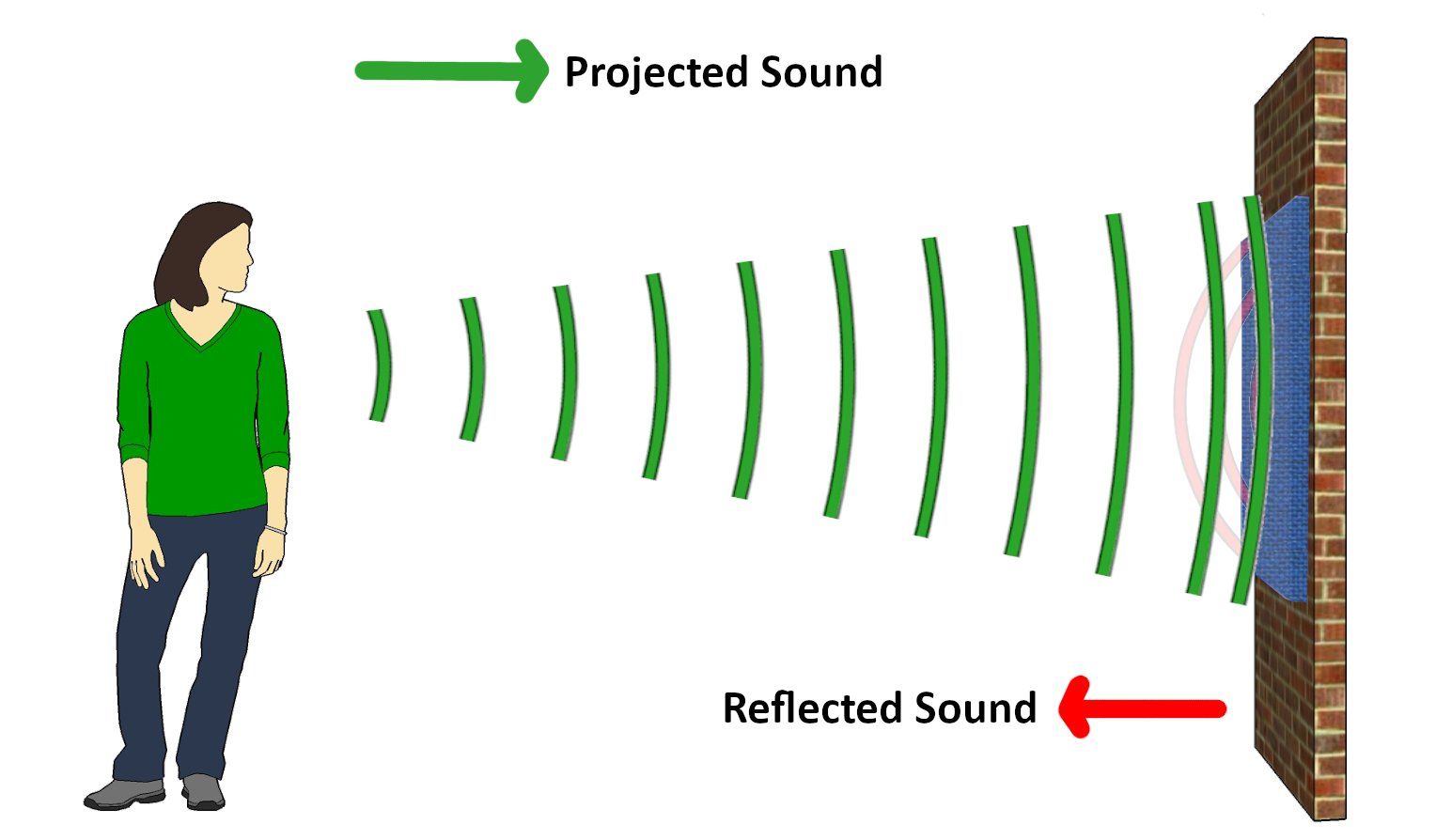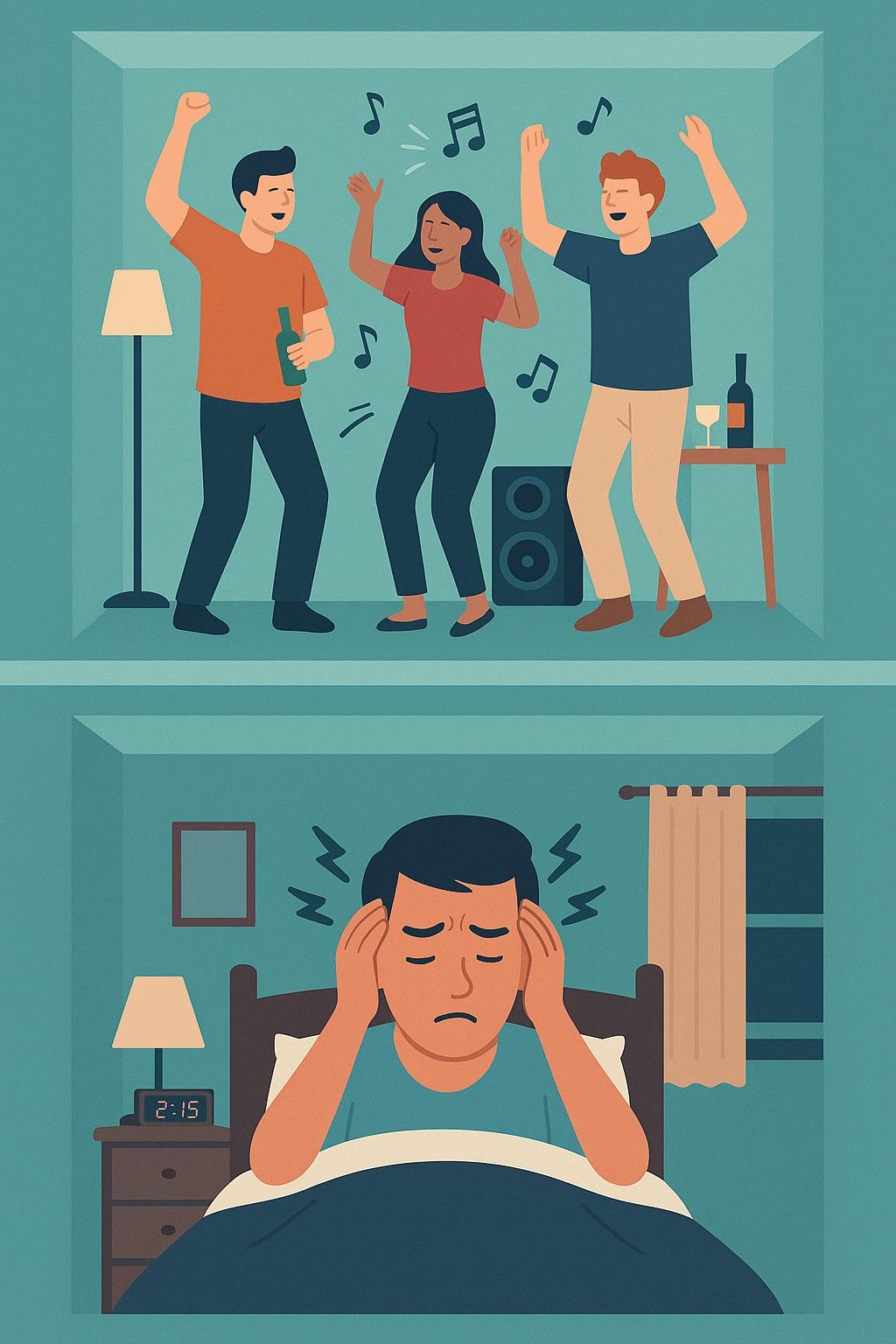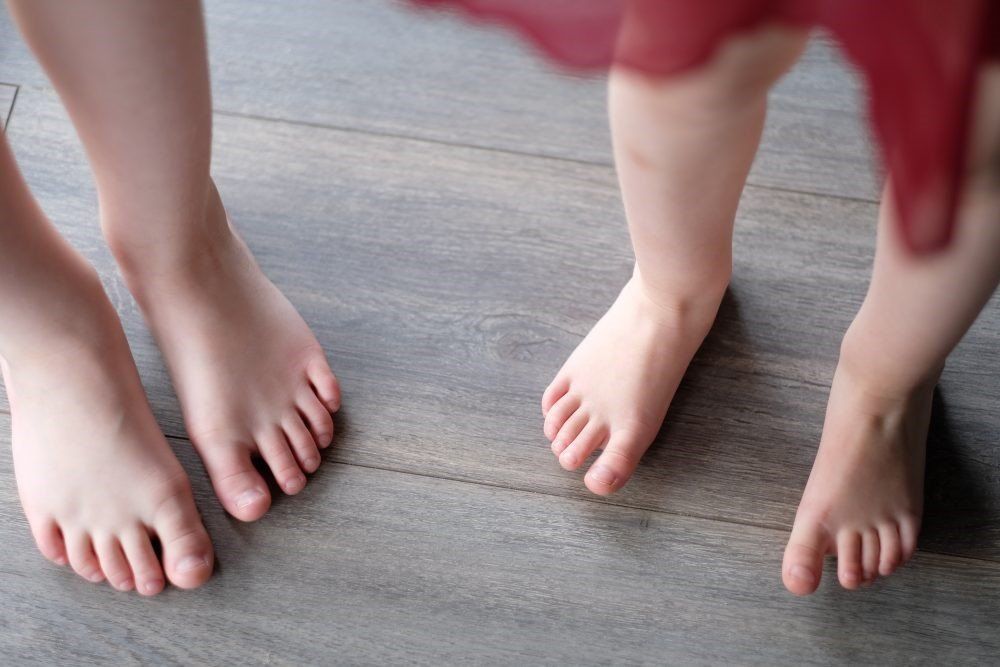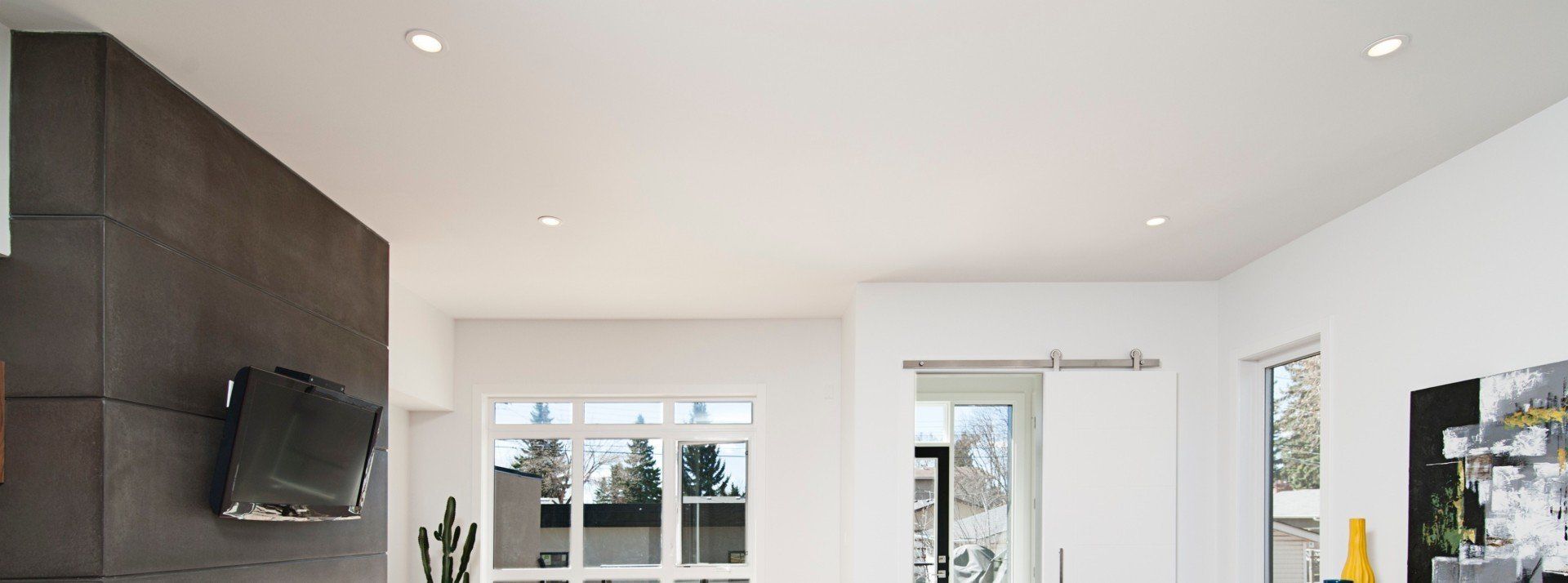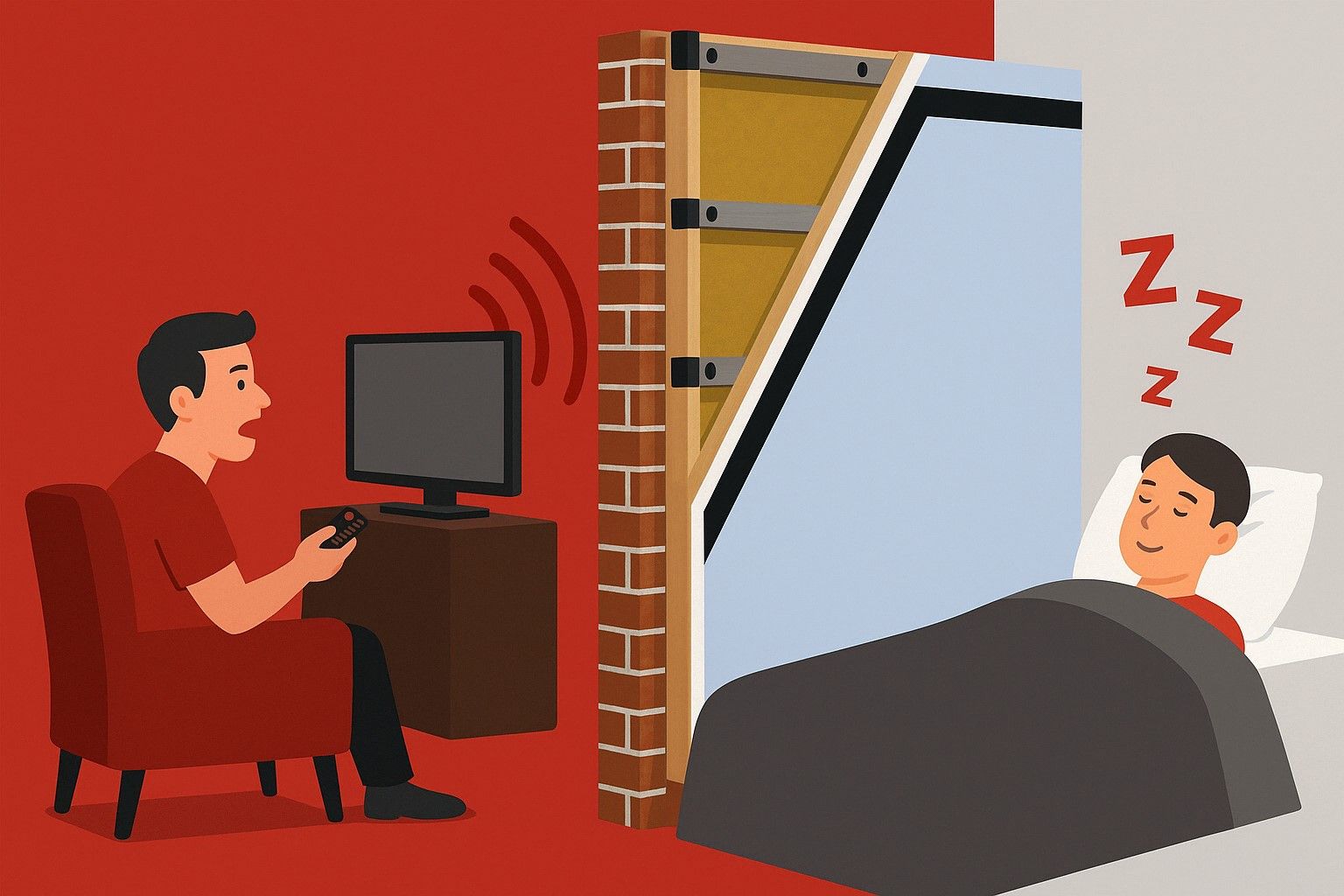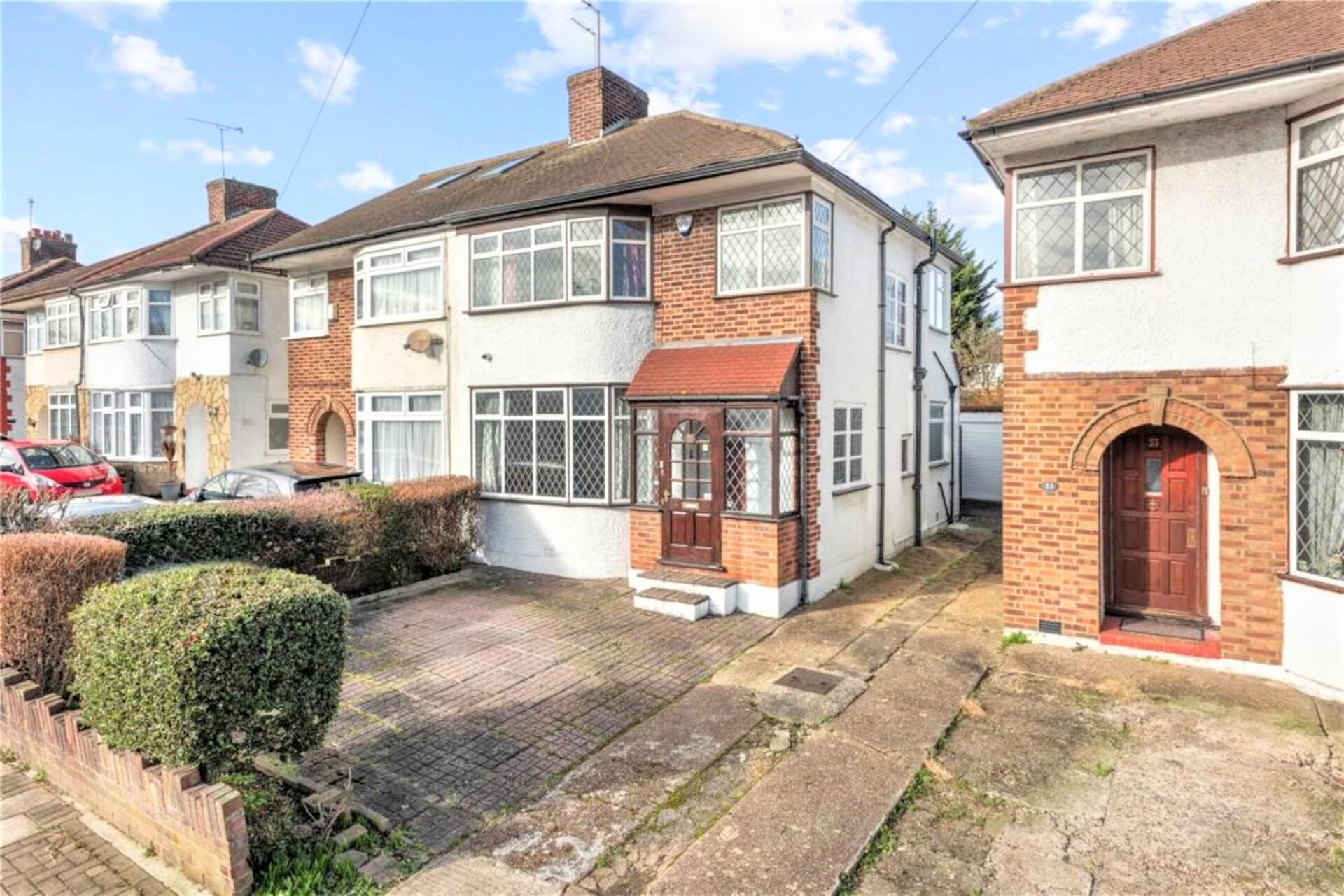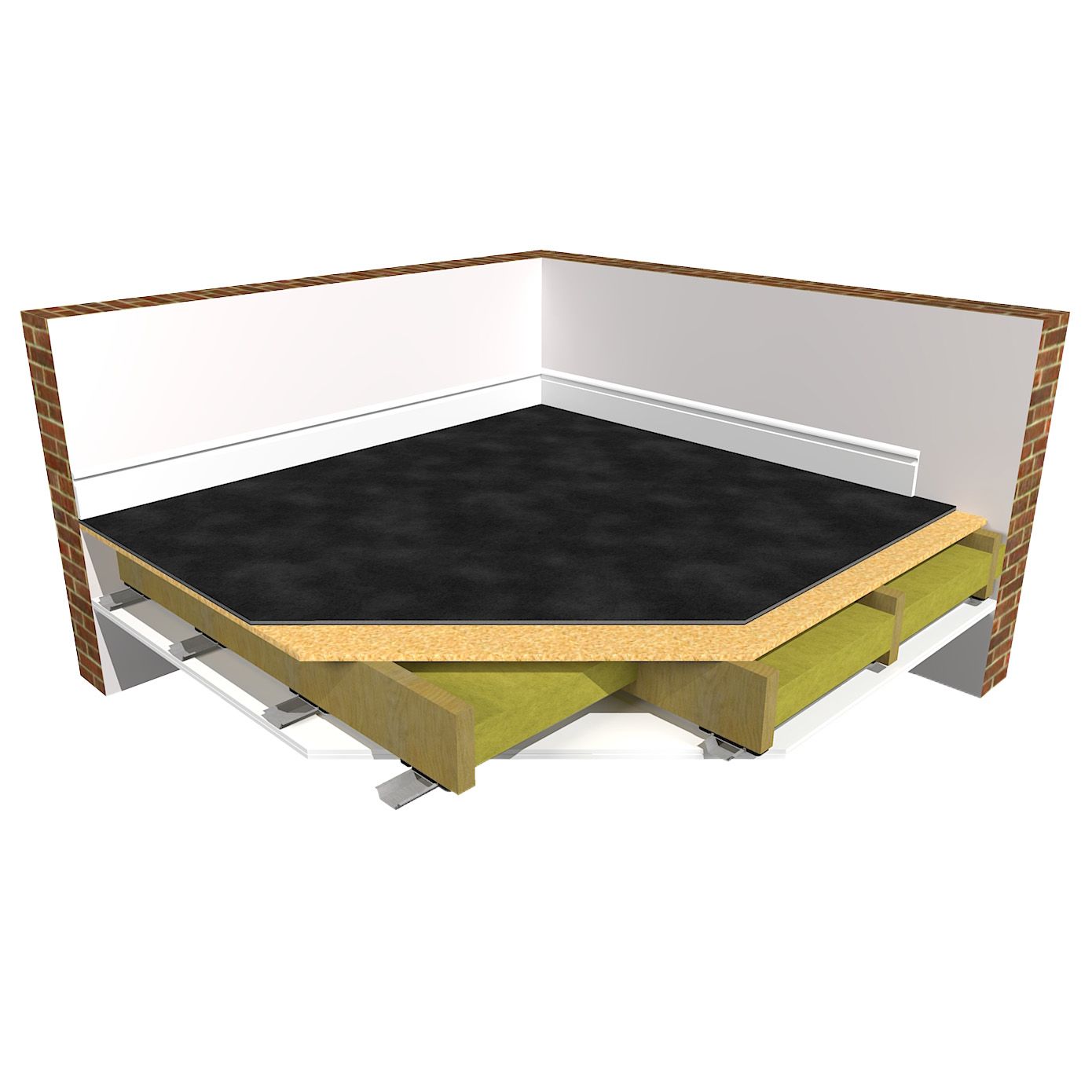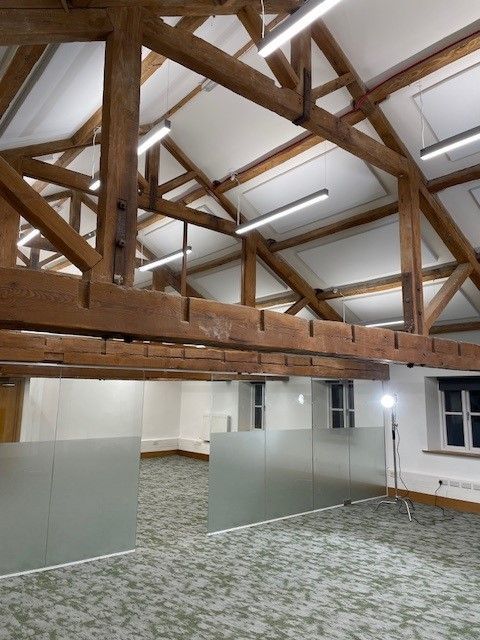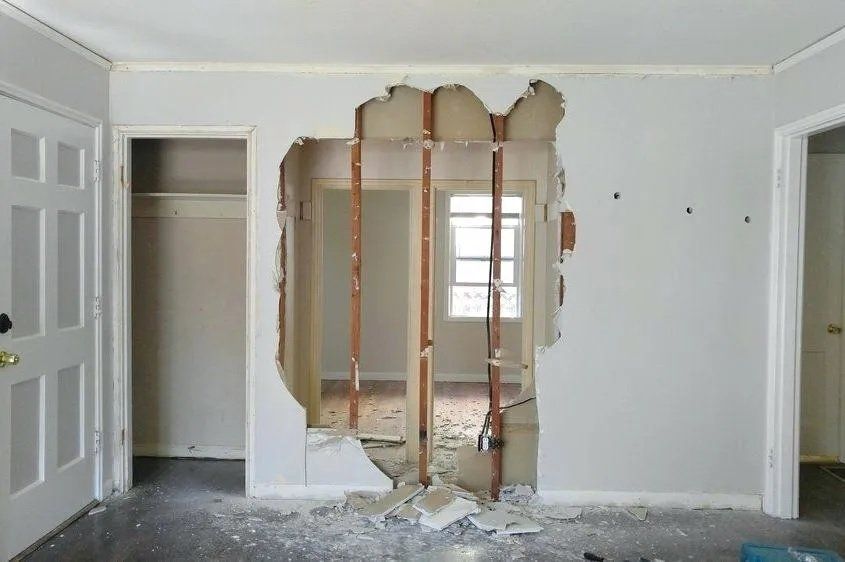What kind of foam is best for soundproofing?
"Soundproofing Foam" - Understanding the difference between Soundproofing and Sound Absorption
Here at The Soundproofing Store we get inundated with enquiries regarding soundproofing and the best way to do this. Quite often customers think they can just stick soundproofing foam to a surface but unfortunately it isn't that simple.
Whether it be soundproofing against noisy neighbours, or building your own home studio we are always asked the same question regarding soundproofing foam and egg box acoustic foam. "Is it good for Soundproofing?"
The short answer is No.
Unfortunately egg box type soundproofing foam does not stop sound transferring through your wall from your neighbour or from leaving your room. All it will do is absorb some of the sound within your room and stop it echoing and amplifying. It will not block sound from neighbours or escaping out of your room.
To soundproof a room we need to address the below points:
Sound (noise) is normally broken down into two categories.
The most common is airborne noise such as people talking and TV noise; the second is vibration impact noise such a machines vibrating against the wall and live musical instruments
To soundproof a wall effectively you need to:
- Improve the mass of the wall - This is normally achieved by adding different high mass/density products.
However, when sound hits a wall it turns in to a vibration and an energy, so mass alone will not solve the problem. You also need to:
- Improve the ability of the wall to absorb sound energy and vibrations. Without this, the addition of the mass will have very little impact.
- Use different materials of high mass. Different materials perform better for different sound frequencies, so using a combination of high mass materials will always perform better than simply using more of the same material.
- For louder more powerful sound energy you also need to decouple the new wall from the existing wall. Many vibrations and noises, especially low bass frequency sounds (such as music, deep male voices, dogs barking and snoring) can be too strong to be blocked by simply connecting onto the existing structure.
How to stop noise coming through walls
We've highlighted that soundproofing foam definitely does not block noise from passing from room to room.
Key reasons why soundproofing foam doesn't block noise:
- It does not add mass. Foam, regardless of how dense it is will never be made heavy enough to block sound from transferring from room to room.
- Soundproofing foam does not offer any decoupling, meaning vibrations will continue to travel through the wall and through the foam.
- Soundproofing foam should really be called sound absorption foam. The term soundproofing foam is misleading to many people looking to soundproof their homes.
So, if soundproofing foam is not the correct product for soundproofing a wall, what is? Below are the best sound insulation solutions when needing to block the unwanted noise from a neighbouring room. This could be any and all types of noise; neighbours TV's, loud music, conversations or even shouting.
Wall soundproofing solutions instead of soundproofing acoustic foam
The most effective way to soundproof a room is to use an independent clip system like the ReductoClip System. This system delivers exceptional soundproofing and is used in both domestic properties, recording studios and home cinemas:
- Completely isolates and decouples from the existing wall delivering an exceptional soundproofing performance
- Absorbs high levels of sound vibration and energy
- Adds a huge amount of mass to block airborne noise
Why it is best to use ReductoClips for soundproofing NOT egg box soundproofing foam
If soundproofing foam doesn't work: What Are The best soundproofing solutions for brick walls
Learn more about Soundproofing a Wall
So why do people buy soundproofing foam and use it? What's the point of soundproofing foam? Why do I see it on walls in images of loud music studios?
Answer: It is there to improve the internal rooms internal acoustics. Essentially it helps to reduce Echo and Reverb within a space.
Imagine being in a room with hard surfaces, a sports hall, or village hall for example. Clap your hands in a room like this with hard surfaces and the sound appears to reverberate and echo around the space for ages.
Do the same in a room with lots of soft furnishings and the reverberation is very limited and appears flat, with a very short continuation.
Now imagine very bouncy basketballs being thrown around the room. You throw them everywhere, in all directions and they continue to bounce around the room.
Now imagine the walls, floor and ceiling lined with foam. You throw the balls again, only this time they hit the foam and drop to the floor stopping them from continuing to bounce, the energy from the ball has been absorbed by the foam.
This is no different to a soundwave inside a room, it reflects and bounces off any hard surfaces, but will be absorbed by soft surfaces. This is when the ProSound room acoustic treatment systems are used. They absorb the sound and stop the reflected sound travelling back into the room.
Room acoustics BEFORE installing ProSound™ Sound Absorption Panels
Room acoustics AFTER installing ProSound™ Sound Absorption Panels
The soft material used in the panels are designed to absorb sound energy and stop this energy from bouncing around the room and reflecting off the surfaces.
Class A panels like the ones at The Soundproofing Store are tested to absorb 90-100% of sound energy that hits them. This means you require less panels in an area to achieve good results compared to lower performing foam tiles where nearly the whole surface needs to be covered to get good results.
As a general rule of thumb we look to cover around 20- 30% of the surface area of the room.
Before & After Test: With and Without Acoustic Treatment
Sound absorption will therefore improve the rooms overall noise volume and improve the clarity of the sound in the room. However, it does not ultimately stop the sound energy within the room from travelling through the structure to a neighbouring space.
There are many way of applying sound absorption to different situations such as; music studios (once soundproofed), village halls, sports halls and offices. Some of the most popular options are our
ProSound Wall Panels,
Ceiling Rafts and
Suspended Baffles
Why you shouldn't use egg box acoustic foam for soundproofing - a summary
What Soundproofing Foam Doesn't Do:
Soundproofing (Blocking Sound): Acoustic foam is not effective in blocking sound from entering or leaving a room. Soundproofing requires materials that add mass and density, such as FlexiSound, Mass-loaded vinyl, Acoustic plasterboard, or soundproofing panels such as SoundBoard 4. These direct to wall acoustic panels feature mass-loaded vinyl, acoustic plasterboard and closed cell foam, which help block and dampen sound transmission.
The highest performing soundproofing solutions such as the ReductoClip System highlighted above, also isolate the soundproofing layers from the offending structure and dampen sound energy and vibrations.
Effective Soundproofing Strategies:
- Mass: Adding heavy, dense materials to walls, floors, and ceilings can help to block airborne sound.
- Damping: Using materials that absorb sound energy and vibrations like ReductoClips which act like shock absorbers to dampen high levels of sound energy and vibrations.
- Decoupling: Creating air gaps to separate surfaces can prevent sound from travelling directly through solid structures.
- Sealing: Ensuring all gaps and cracks are sealed with acoustic sealant to prevent sound leakage.
Soundproofing Foam Summary:
While soundproofing foam is sometimes used to help with the acoustics within a room by reducing echo and reverberation, it is not effective for soundproofing. It DOES NOT block sound from entering or exiting a space. For effective soundproofing, a tried and tested soundproofing solution is required such as the ReductoClip System.
Author
Ian Baker is the Managing Director of The Soundproofing Store and a leading name in the soundproofing industry.
With a prestigious track record of award-winning credentials, Ian is a trusted and respected authority in his field.
Ian is passionate about helping individuals find effective solutions to their unwanted noise issues and his extensive knowledge and insights are invaluable in helping to transform noisy environments into peaceful spaces.
Share
"We don’t expect you to become an expert overnight, that’s what we’re here for."
